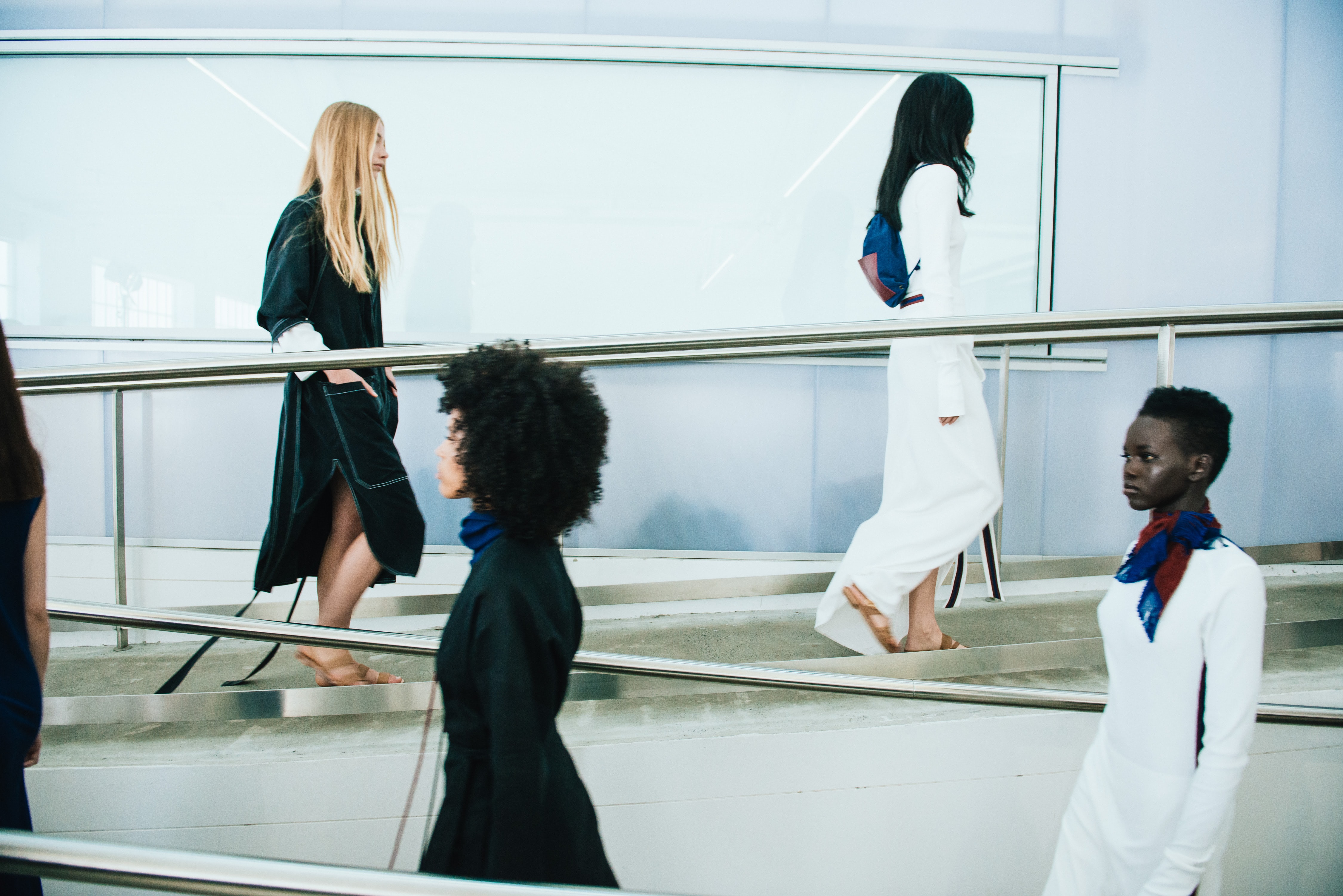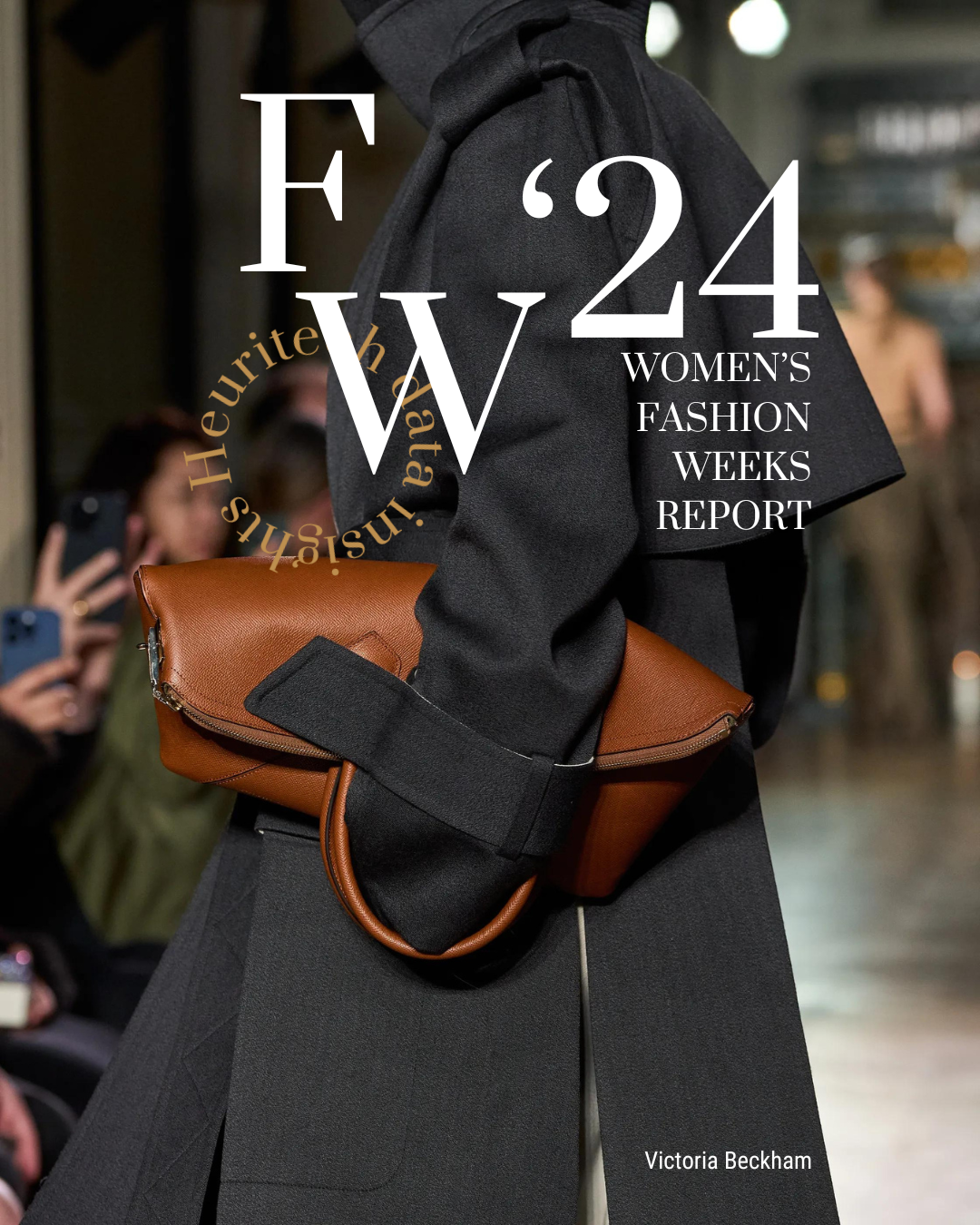With a $260 billion turnover worldwide in 2018, according to Bain & Co, luxury has achieved another record-breaking year. Gucci finished in first place, thanks to its iconoclastic designer, Alessandro Michele, with a 44% sales growth in the first half.
27% of sales are currently fueled by three European conglomerates (LVMH, Richemont and Kering), highly reliant on tourism, especially Chinese travelers (33% of global luxury goods sales) and therefore sensitive to sudden geopolitical issues.
However, 2019 could be more precarious. According to HSBC forecasts, a normalization of luxury sales is expected this year. Economic patriotism in China and in the US also risk strengthening domestic sales.
As young overseas markets increasingly resist European luxury, Western heritage brands are increasingly looking to unconventional, high-profile streetwear brands to deliver an inclusive and innovative “Big Bang” in the industry.
More than ever, the “West versus the rest” motto which used to define the luxury world, needs to be reconsidered.
Luxury gains streetwear credit with designer appointments
In the struggle for awareness and brand preference, the appointment of a creative director, to whom fashion luxury brands largely owe their rise or fall, remains a crucial choice.
But more than aspirations, successful creative appointments rely on inspiration.
2018 will be remembered as the consecration of streetwear designers within luxury groups, such as Virgil Abloh at Louis Vuitton and Kim Jones at Dior.
They share a vision that goes beyond sole product marketing to convey a fuller brand experience which includes underground street acquaintances, a “crossover” mindset, introducing high and low references, and the will to reinvent rarity through strategic limited editions. Each of them were clearly influenced by Karl Lagerfeld’s creative approach at Chanel, summed up by Goethe’s motto “build a better future by expanding on elements of the past.”
Former Perry Ellis Designer, Marc Jacobs, was arguably one of the first streetwear designers to settle into a luxury conglomerate in 1997. Moreover, he introduced luxury to popular culture with his Takashi Murakami collaboration.
Later, when he was at the helm of Louis Vuitton menswear, Kim Jones was the first to incorporate the athleisure trend into a luxury fashion show at his SS13 show for the LV cup celebration.
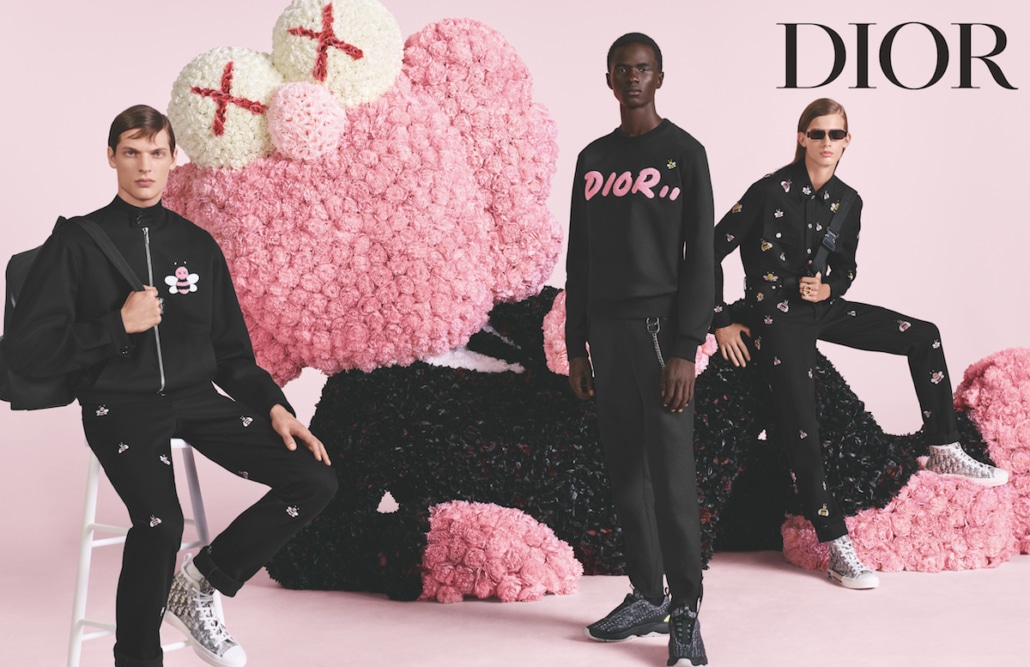
Social media’s instant-gratification model and the vivid pace of ready-to-wear have dramatically changed client’s perceptions of waiting times.
As a result, the pace of luxury’s creative process has increased significantly. As clients long for more selfie-ready novelties, designers’ requirements have also evolved. The luxury industry is now subjected to a 6 to 12 collection model yearly (instead of 3 originally).
Therefore, more than simple fashion design skills, brand image and social media strategy are now also requirements for a creative director position.
Virgil Abloh’s appointment is unprecedented: he is the first African-American designer to run a French luxury house’s menswear division and the first designer with no formal fashion training but rather a Master’s in Architecture.
As Kanye West’s former Artistic Director, he is a major icon across the streetwear and music industries and has built several companies, including Milan based brand Off-white. His appointment enables Louis Vuitton to benefit from his solid community base and bring younger, first-time luxury customers.
If his style resonates with the current youth, it is because he himself is a member of Gen Z, interested in cultivating spontaneous aesthetics, with an uncompromising will to mix streetwear with luxury brand legacies. His collaborations span across the whole design spectrum, from Ikea to Murakami, to Nike, with the iconic “The Ten” sneaker collection.
British designer Kim Jones’ appointment to the creative helm of Dior Homme is the result of three important factors: his brilliant idea to launch the sold-out drop model with skater brand, Supreme, which brought the brand to the attention of a whole new generation, his 7 year tenure as artistic director at Louis Vuitton, and his cosmopolitan approach to luxury, melding street culture and high fashion. His unconventional profile resides in his retail background.
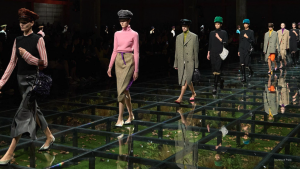
Inclusivity: Widening the gates of the fashion luxury market
“I want to make it more open, more democratic”; “Anyone and everyone is always welcome to join.” These are respectively the statements of Riccardo Tisci from Burberry and Olivier Rousteing from Balmain, which demonstrate that luxury is trying to shift from a previously exclusive behavior to an inclusive one. An initiative in line with the gen Z mindset, which seeks access to brands with no consideration for size, gender, sex, race or skin color.
By 2025, Bain projects that Millennials and Generation Z will account for 45% of the global personal luxury goods market, instead of 30% currently.
Inclusivity generally implies expanded size ranges with non-discriminating sizing, yet in this area, there is still more to be done: Bain argues that only 20% of luxury ready-to-wear brands currently provide inclusive sizing.
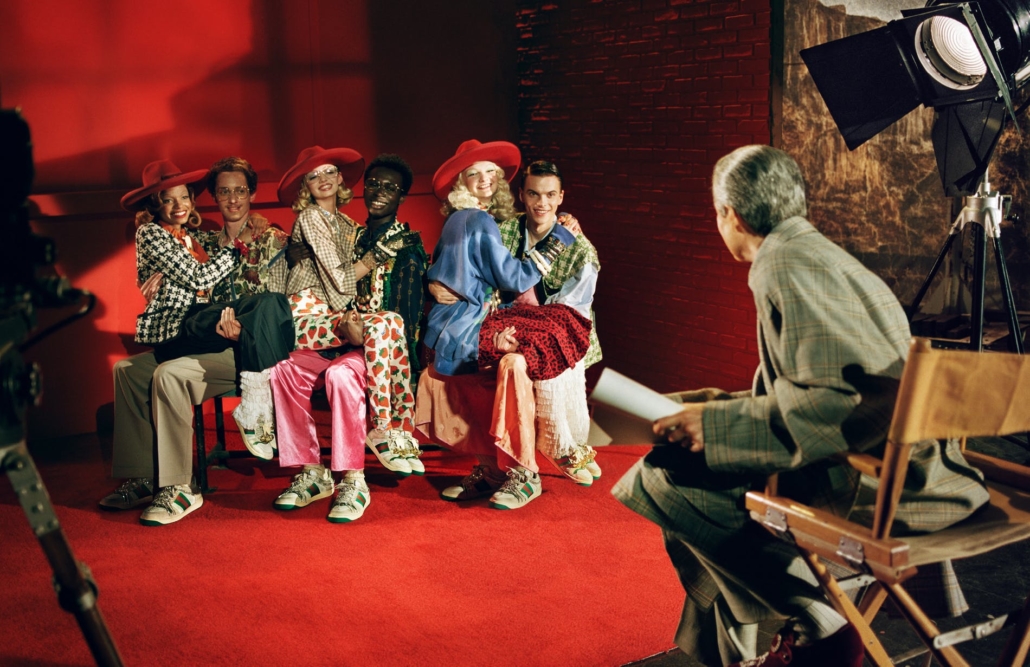
The sense of inclusivity at every step of the brand experience at Gucci explain its “stellar results.” This endeavor echoes the aspiration of the latest generation of fashionistas: to belong to a tribe.
For the opening of McQueen’s London Flagship, its CEO, Emmanuel Gintzburger, wanted to apply the inverted pyramid concept to the retail experience with the top floor being transformed into the more inclusive, creative space where communities could gather.
For his debut fashion show for Louis Vuitton in June 2018, entitled “The Vocabulary”, Virgil Abloh invited fashion students and brand employees to attend along with traditional VIPs and his hip-hop friends.
The challenge: Awakening luxury playgrounds overseas
Looking to challenge the Western luxury market dominated by the “Big Three” (LVMH, Richemont and Kering) conglomerates, independent brands in the US, China and the Middle East, have banded together.
With the creation of Capri Holding Limited, a new entity by Michael Kors, 2018 could prove to be a turning point for North America, more known for its hip-hop culture and its accessible premium brands. This new-born group took over Italian glamour brand, Versace, after acquiring the red-carpet friendly footwear brand, Jimmy Choo.
In response to this sudden portfolio consolidation, Coach built Tapestry Inc, which counts two American brands: kitschy lifestyle brand, Kate Spade, and footwear label, Stuart Weitzman.
In the East, there is a Chinese couture landscape in-the-making with brands such as Shiatzy Chen or Guo Pei. Chinese textile and financial groups, such as Li & Fung, Fosun, Shandong Ruyi or Icicle, are also interested in filling their brands portfolios with world-renowned European gems.
Fosun, which until recently oversaw investments in little-known fashion brands to ‘leverage the momentum in the Chinese consumer market”, bought the 129 year-old French luxury brand Lanvin, although it failed to acquire lingerie brand La Perla.
Shandong Ruyi, owner of the accessible French luxury group SMCP (Sandro, Maje, Claudie Pierlot) bought the Swiss luxury brand Bally, specialized in accessories.
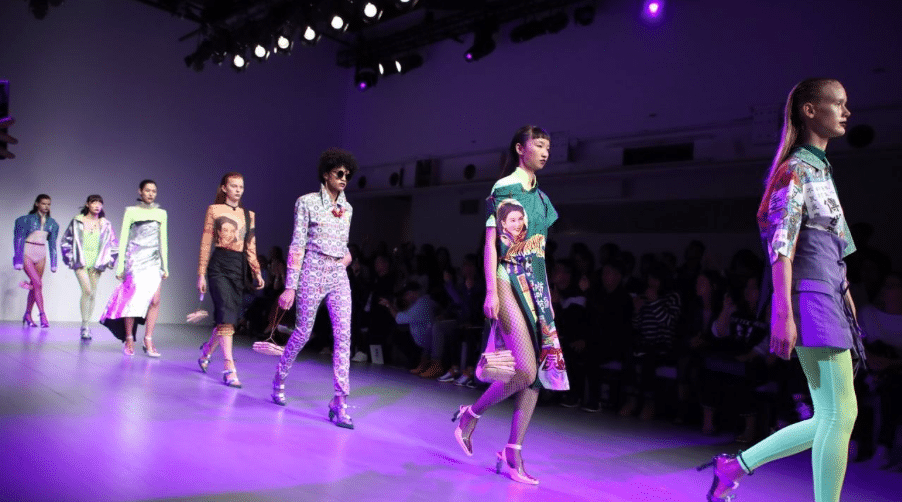
London-based designer, Yang Li, summed it up quite well, telling Business of Fashion: “As the market becomes more developed, a greater sense of confidence in what it means to be Chinese, is leading to a growing desire to communicate individualism, personal identity, and a Chinese mindset.”
Christine Barton, senior partner and managing director at Boston Consulting Group, told Jing Daily, “the luxury market today moves from a global market, where people used to travel abroad to purchase products, to one that is now much more local and regional.”
Two recent trends clearly prove this: “China hip”, which refers to a trend favored by millennials consisting in combining hip-hop streetwear with the aesthetics of China’s heritage brands such as Muzkin and “Hanfu revival” supported by the government.
The globalized luxury fashion era seems to be coming to an end.
Moving forward, there will be more geolocalized opportunities, especially with Chinese clients who made 32% of worldwide luxury purchases last year ($121 billion) and whom will increasingly shop in their own country or in satellites ones (Japan, Korea and Taiwan).
Our AI technology can help brands anticipate Chinese client expectations.
